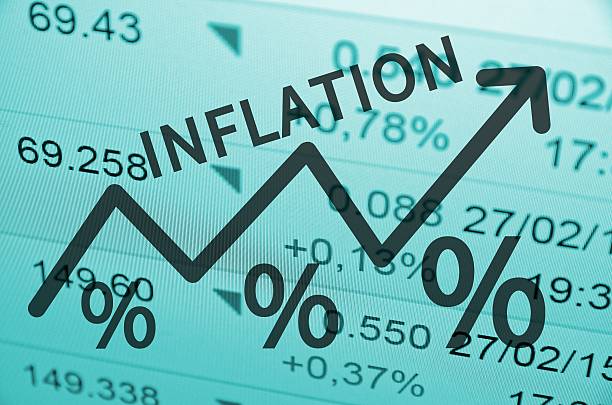Anyone keeping up with current events knows the U.S. economy is currently experiencing one of the most severe cases of inflation in four decades. As of this writing (July 2022), The Wall Street Journal reports it is at 9.1%. Prices are up on pretty much everything, with the most visible increase being that of the price of a gallon of gasoline.

Struggling mightily to combat this, while trying to avoid pushing the economy into recession, Federal Reserve officials are gradually raising interest rates in response to this development. And yes, this is one of the ways inflation affects consumer debt.
Higher Interest Rates and Credit Cards
At first glance, credit card debt might seem to be impervious to inflation. After all any balance that exists today is likely for purchases that were made before this latest round of price increases. However, the interest rates card issuers impose are tied to the Federal Reserve’s key interest rate.
This has pushed the average credit card interest rate to exceptionally high levels. A credit analyst at Lending Tree, in an interview with The Washington Post said the average rate has surpassed 20%. While this of course should give new borrowers pause, it turns out those higher rates can be applied to existing balances as well.
This factor, when considered along side the price increases for groceries, fuel and everything else can be a heavy burden for consumers, and ironically, can contribute to the creation of even more debt. People struggling to keep up often turn to credit cards to help make ends meet. In other words, inflation and accumulating debt tend to go hand in hand.
What’s more, by all indications, we are still on the ascending side of the curve. In other words, it’s likely to get worse before it gets better.
What You Can Do
Given where we’re headed, this is a really good time to pay off as much of you existing credit card debt as possible. Yes, it’s always a good thing to do, however it’s even more imperative now, because that debt is only going to become more expensive to carry.
The good news is there are a number of strategies you can employ to eradicate your debt, or at least make it more manageable.
Debt Consolidation is a good way to go if your debt is spread over number of different cards with variable APRs. Combining them into a personal loan at a fixed interest rate could save you a great deal of money in the long haul.
Taking advantage of a zero percent introductory card offer could be a good move too, if you’re in a position to pay the resulting balance in full before the grace period ends and the card goes to its regular rate — which can be as high as 26% or more.
You can find a complete debt consolidation guide at the Freedom Debt Relief website. It’s important to note, you’ll need a pretty strong credit score to take advantage of this option.
Pay Off Your Smallest Balance First: If you’re making relatively even payments across a number of different cards, switch to minimum payments on all but the smallest balance. Take all of the rest of the money and apply it to your lowest balance.
Keep doing this until it is paid off, then switch to the next lowest balance. Keep going in this manner until you’ve eradicated all of your debt. This is known as the debt snowball method and it is very effective if pursued diligently.
Renegotiate Your Cardholder Agreement: Get in touch with the issuer of your credit card. You might be able to talk your way into a lower interest rate, if your credit score has improved since you got the card. This is particularly true in situations in which your payment history has been strong.
Understanding how inflation affects consumer debt can position you to minimize its effects. The three strategies above could help you make it through this inflationary period with only cursory damage to your finances.



















